Reflections from the February 2023 Cultural burn led by the North Fork Rancheria of Mono Indians
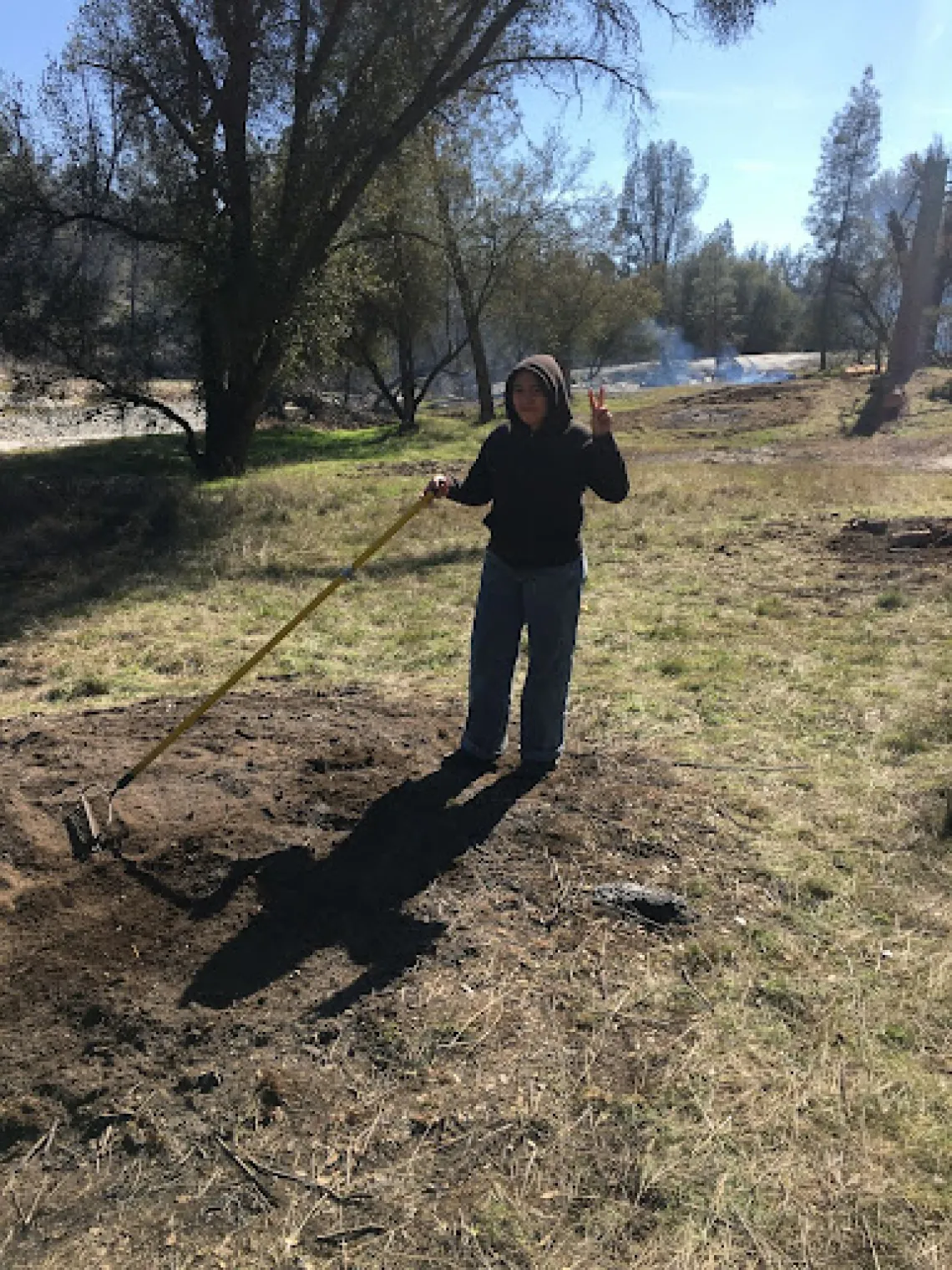
Near the end of February, over 180 people gathered at the Jack Kirk estate in Mariposa, California to learn more about and participate in the Indigenous practice of cultural burning. The burn was hosted by the Honorable Chairman Ron Goode of the North Fork Mono Tribe and took place on the ancestral homelands of the Miwok. Participants represented multiple California Tribes, Tribes from the Northwest, Southwest and other regions, Tribal non-profit organizations, Federal and State agencies, and students from the Keepers of the Flame course led by Dr. Beth Rose Middleton Manning at University of California, Davis.
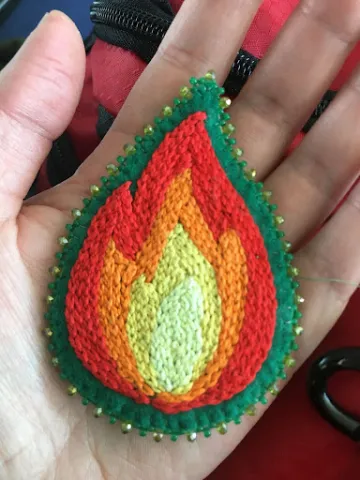
Anissa embroidered a pin to gift to the Honorable Chairman Ron Goode on behalf of the SW CASC
The first day of the burn started off with a large group gathering where we shared prayers, songs and introductions. This resonated with me personally and highlighted the importance of establishing genuine relationships with our partners. Witnessing this many people, from such diverse backgrounds, come together to care for the land was really inspiring and gave me a spark of hope for our collective future. Once we were all briefed on safety and protocol, we headed out in groups to begin the process of burning.
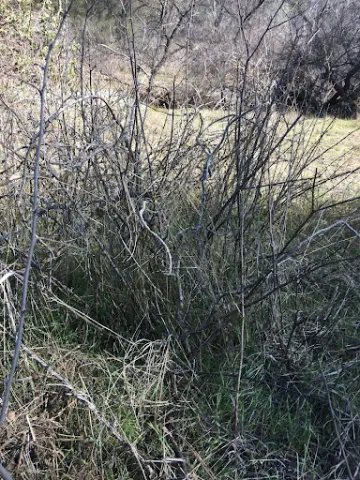
Overgrown sourberry
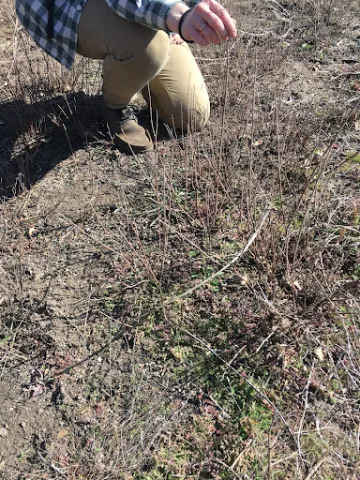
Sourberry 1-yr post burn
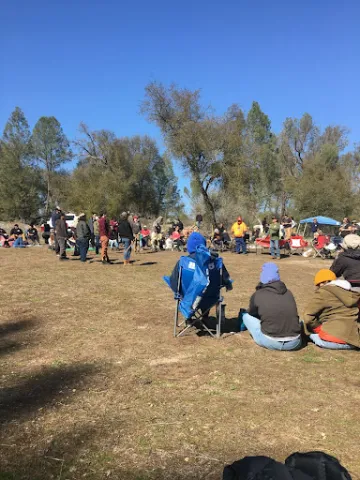
Morning gathering
My group was tasked with burning sourberry bush. This plant is culturally significant to the Mono people because its branches are gathered for basket weaving. As we were walking up to the spot we would be working on, we saw some sourberry bushes that had just been burned the previous year. The sourberry was small, and its branches were very straight, which is best for use in basket weaving. As we kept walking, we came up to a patch of huge sourberry bushes and the difference was stark. These bushes had not been tended to for decades (possibly more than 100 years) and their branches were very scraggly, growing this way and that. Definitely not ideal for weaving! So, we started by clipping the sourberry down to the ground, piling it up, and burning it. Coming from a Tribe that does not practice cultural burning, this experience gave me a new understanding of fire, and how fire can be used as a powerful tool to care for the land.
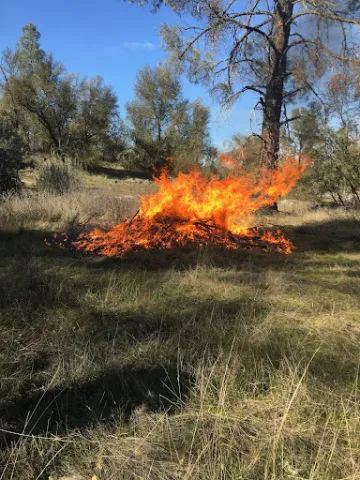
Burn pile
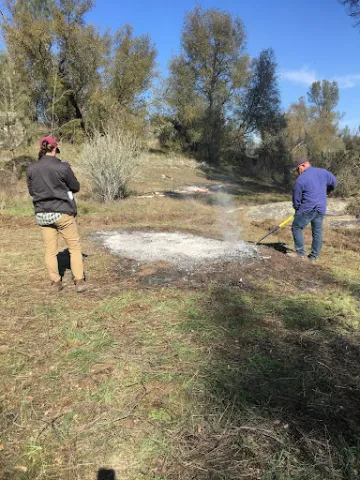
Raking ashes into the soil
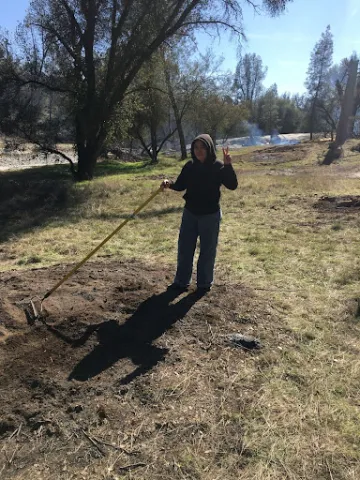
Closing out burn pile
On the second day, we focused on closing out our burn piles. We made sure all the sourberry was clipped down to the ground and raked the ashes from the burn into the soil, which encourages plant regrowth. What really struck me about the whole experience was how effortlessly everyone worked together. We all came from different groups and had different perspectives, but it took everyone coming together to get the work done. For me, this is a clear example of the importance of building and maintaining relationships across a broad spectrum of people.

